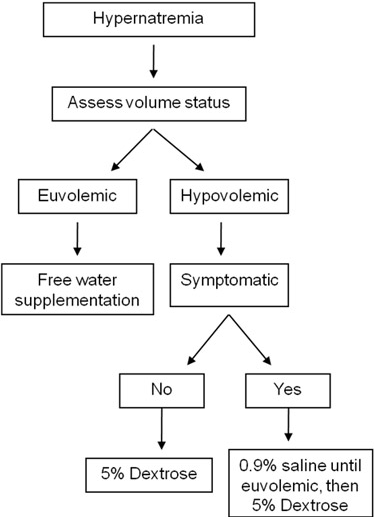-
Nephrology
Nephrology
To learns
- ANCA vasculitis
- [ ] stones: citrate and calcium physiology
MKSAP
Chapter 01Clinical Evaluation of Kidney Function Chapter 02Fluids and Electrolytes Chapter 03Acid-Base Disorders Chapter 04Hypertension Chapter 05Chronic Tubulointerstitial Nephritis Chapter 06Glomerular Diseases
- Kidney Manifestations of Deposition Diseases Chapter 08Genetic Disorders and Kidney Disease Chapter 09Acut
-
Hypernatremia
hypernatremia
- related: Nephrology, hyponatremia
- tags: #nephrology

Hypotonic fluid loss usually activates the thirst mechanism to increase one's water consumption and prevent the development of hypernatremia, provided that the ongoing fluid loss has stopped. Most individuals that develop hypernatremia have neurologic deficits, so they either do not sense or cannot express thirst. Elde